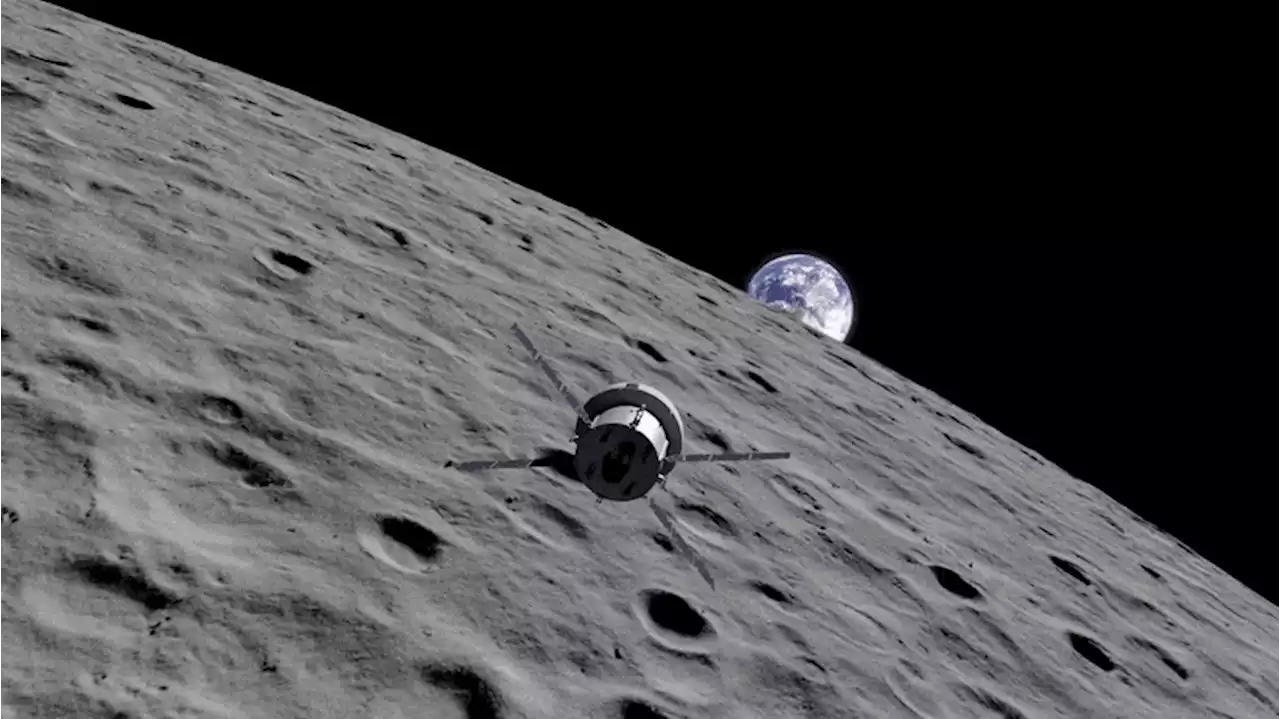At NASA’s Johnson Space Center in Houston, Flight Controllers in the White Flight Control Room successfully performed a burn to insert Orion into a distant retrograde orbit. They fired the orbital maneuvering system engine at 4:52 p.m. CST for 1 minute and 28 seconds, propelling the spacecraft at 3
. They fired the orbital maneuvering system engine at 4:52 p.m. CST for 1 minute and 28 seconds, propelling the spacecraft at 363 feet per second.
Artemis I is the first integrated flight test of NASA’s deep space exploration system: the Orion spacecraft, Space Launch System rocket, and the ground systems at Kennedy Space Center in Cape Canaveral, Florida. The first in a series of increasingly complex missions, Artemis I will be an uncrewed flight that will provide a foundation for human deep space exploration, and demonstrate our commitment and capability to extend human existence to the Moon and beyond.
On Saturday, November 26, Orion spacecraft will break the record for the farthest distance traveled by a spacecraft designed to carry humans to space and safely return them to Earth. This distance is currently held by the Apollo 13 spacecraft at 248,655 miles from Earth. Orion was specifically designed for missions to carry humans farther into space than ever before.
On Artemis I, engineers are testing several aspects of the Orion spacecraft needed for deep space missions with crew, including its highly capable propulsion system to maintain its course with precision and ensure its crew can get home, communication and navigation systems to maintain contact with the ground and orient the spacecraft, systems and features to handle radiation events, as well as a heat shield that can handle a high-speed reentry from the Moon.
Deutschland Neuesten Nachrichten, Deutschland Schlagzeilen
Similar News:Sie können auch ähnliche Nachrichten wie diese lesen, die wir aus anderen Nachrichtenquellen gesammelt haben.
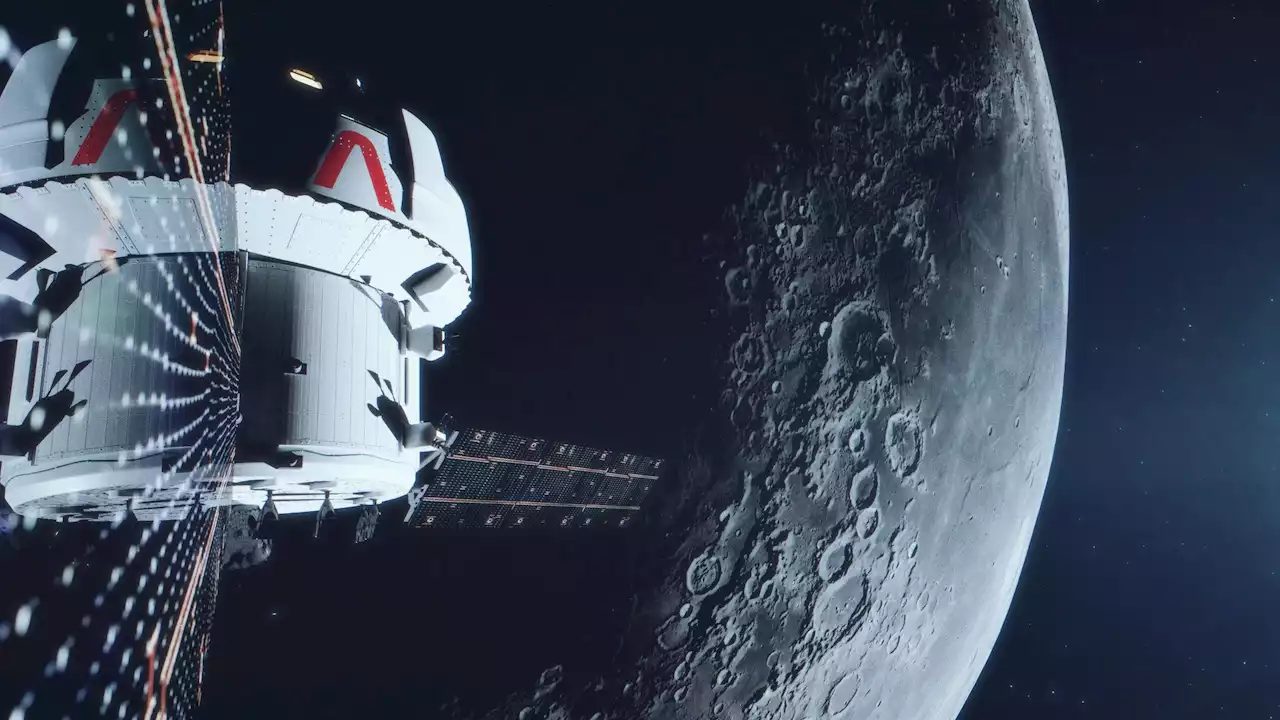 NASA Artemis I – Flight Day Eight: Orion Spacecraft Exits Lunar Sphere Of InfluenceOn the eighth day of the Artemis I mission, NASA’s Orion spacecraft continues to travel farther away from the Moon as it prepares to enter a distant retrograde orbit. The orbit is “distant” in the sense that it’s at a high altitude from the surface of the Moon, and it’s “retrograde” because Orion wi
NASA Artemis I – Flight Day Eight: Orion Spacecraft Exits Lunar Sphere Of InfluenceOn the eighth day of the Artemis I mission, NASA’s Orion spacecraft continues to travel farther away from the Moon as it prepares to enter a distant retrograde orbit. The orbit is “distant” in the sense that it’s at a high altitude from the surface of the Moon, and it’s “retrograde” because Orion wi
Weiterlesen »
 NASA Artemis I – Flight Day Nine: Orion Spacecraft One Day Away from Distant Retrograde InsertionNASA’s Orion spacecraft is now about one day away from entering into a distant retrograde orbit around the Moon. The orbit is “distant” in the sense that it’s at a high altitude approximately 50,000 miles (80,000 km) from the surface of the Moon. Due to the distance, the orbit is so large that it wi
NASA Artemis I – Flight Day Nine: Orion Spacecraft One Day Away from Distant Retrograde InsertionNASA’s Orion spacecraft is now about one day away from entering into a distant retrograde orbit around the Moon. The orbit is “distant” in the sense that it’s at a high altitude approximately 50,000 miles (80,000 km) from the surface of the Moon. Due to the distance, the orbit is so large that it wi
Weiterlesen »
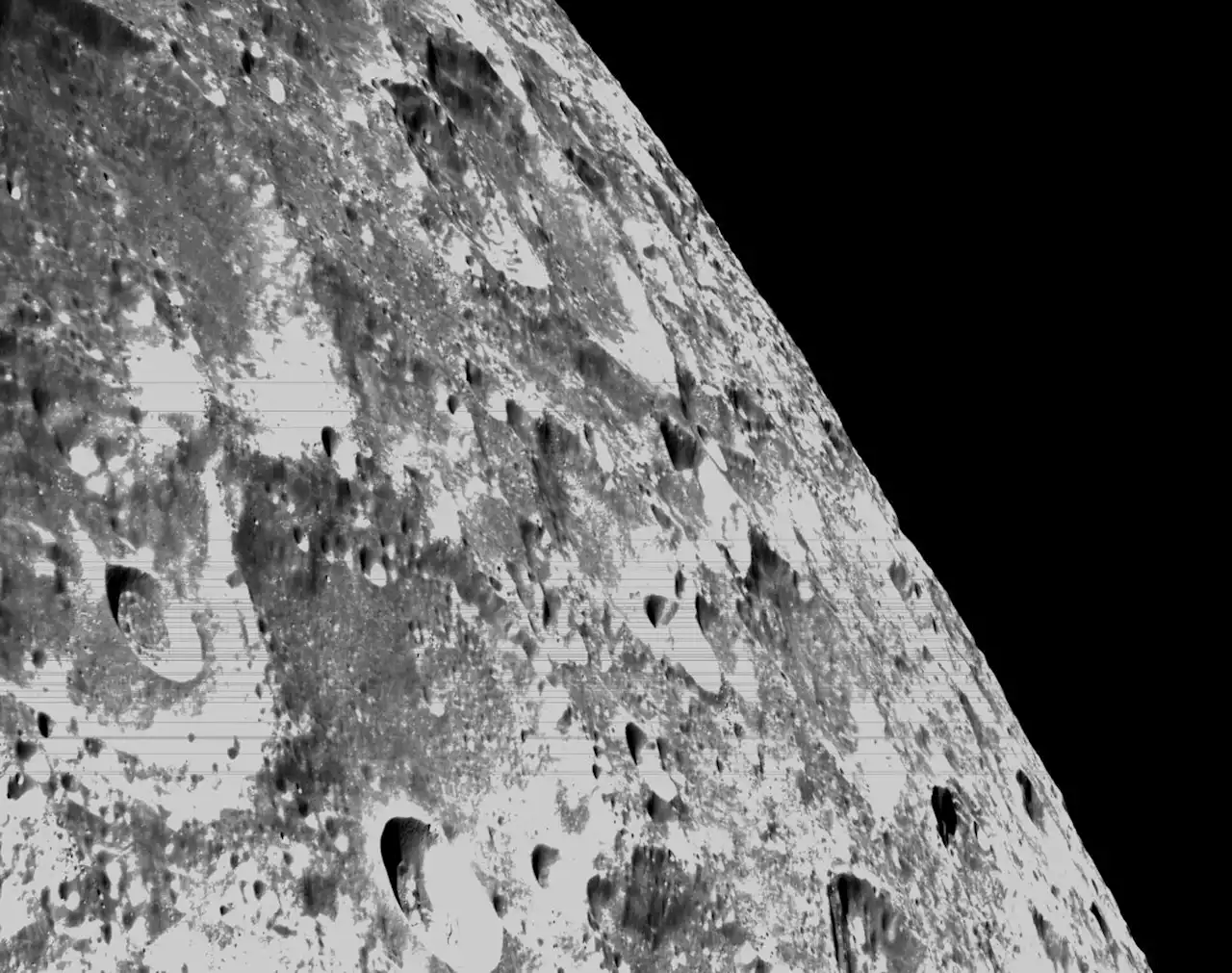 Watch Artemis 1's Orion spacecraft enter lunar orbit FridayThe milestone moment will occur just before 5 p.m. ET on Friday (Nov. 25).
Watch Artemis 1's Orion spacecraft enter lunar orbit FridayThe milestone moment will occur just before 5 p.m. ET on Friday (Nov. 25).
Weiterlesen »
 Artemis 1's Orion spacecraft captures stunning photos of the moon during its closest approachThe moon is ready for its close-up.
Artemis 1's Orion spacecraft captures stunning photos of the moon during its closest approachThe moon is ready for its close-up.
Weiterlesen »
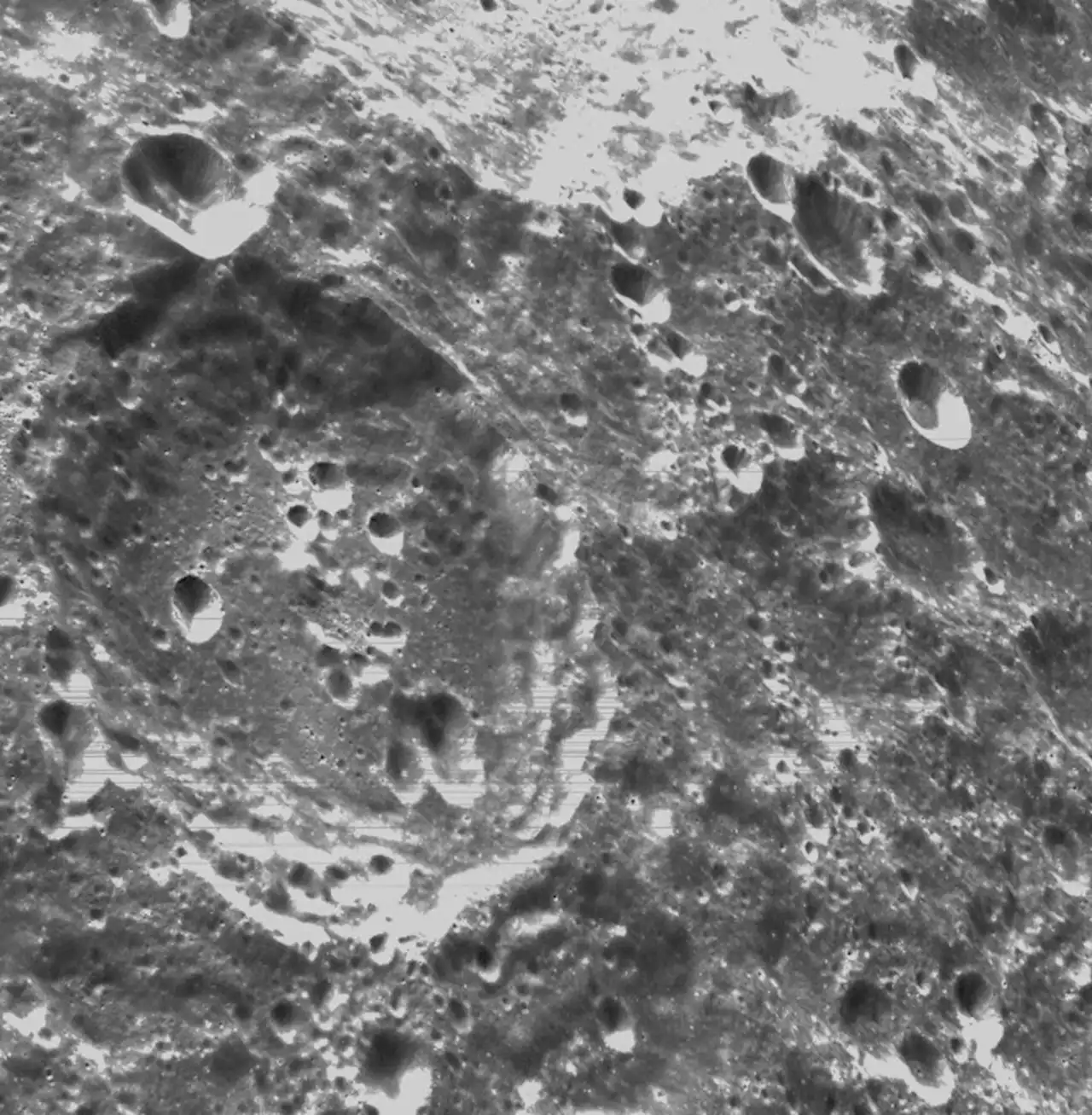 Stunning images of lunar surface captured by NASA's Artemis 1 Orion spacecraftNASA's Johnson Space Center shared stunning black-and-white images from the Orion spacecraft's optical navigation camera of the craters on the moon's surface.
Stunning images of lunar surface captured by NASA's Artemis 1 Orion spacecraftNASA's Johnson Space Center shared stunning black-and-white images from the Orion spacecraft's optical navigation camera of the craters on the moon's surface.
Weiterlesen »
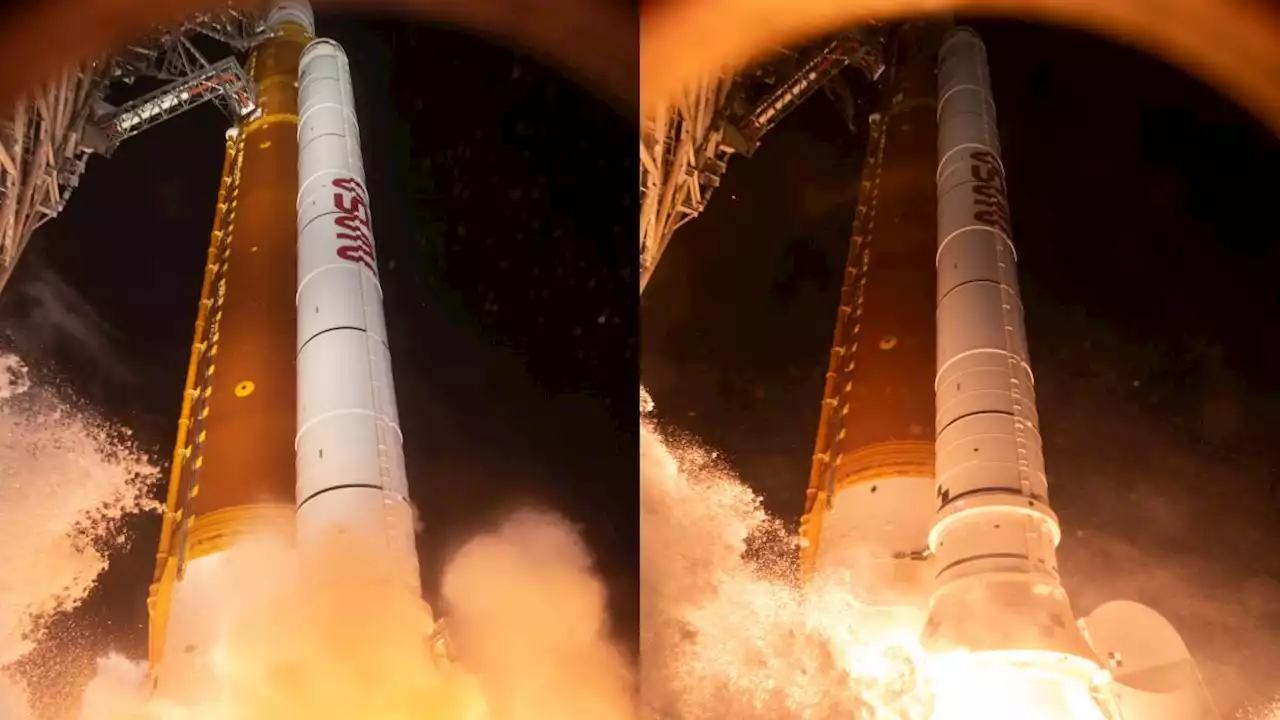 Artemis 1 flies away from the launch pad in epic Orion spacecraft videoThe top-down view shows what it was like to leave Earth, from the spacecraft's point of view.
Artemis 1 flies away from the launch pad in epic Orion spacecraft videoThe top-down view shows what it was like to leave Earth, from the spacecraft's point of view.
Weiterlesen »
